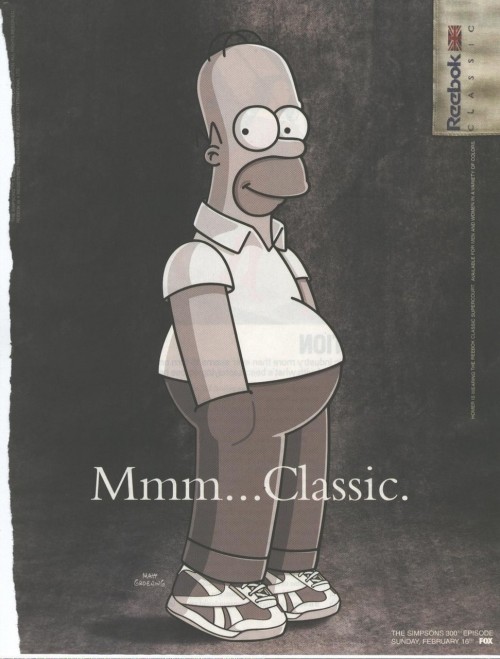Puss In Boots is No. 1. So Why is DW Stock Down?
First of all, no need to worry, this isn’t going to be a lecture on economics. I hate those too. What it will though, is discuss how a studio’s stock can move relative to its releases. It’s not something that animators need to be too aware of as it doesn’t have a direct effect on their work, but it can affect how the studio operates on a higher level or indeed how decisions made in light of it can filter down to the lower ranks.
Firstly though, what does a stock’s price represent? If you said how much a company is worth, then congratulations! You’re correct! However, how do you determine how much a company is ‘worth’? Do you simply add up how many buildings it owns or how much cash it has on hand? No. It’s a bit more complex than that.
The price of stock is a complex thing that takes into account how much the company owns, but also how well (or poorly) its expected to perform in the future. If a company is expected to perform well, its stock price is high or is rising. If a stock price drops, it’s an indication that the company is either expected to do worse than it was or it’s simply failing to live up to its potential. Either way, the stock price is always correcting itself as investors either bid or sell at a price they feel is the right value.
In the case of DreeamWorks, the share price is just about half of what it was a year ago. Does this mean the company is only half as good now than it was then? No, of course it doesn’t. It simply means that the outlook for the studio is a bit hazier.
A studio’s stock price is a mixture of the company’s assets, it’s revenue steams (DVDs, etc.), it potential release slate (ever wonder why studios like to announce new projects years in advance?) and its current release slate. DW’s recent slide is the result of the current release slate in the form of Puss in Boots.
Y’see, there are analysts, hundreds if not thousands of them, whose job it is to analyse a company in the finest detail. They pour over company reports, sector reports, market reports, weather data (yes, those winter storms on the East coast can have a real impact), consumer spending, you name it. Their goal is to try and predict how well a company will perform based on the data available to them. They’re the ones who compile it all and sell it to other firms or investors who will make their decisions based on the data within.
Naturally, they paid close attention to the opening weekend of Puss in Boots, and unfortunately for DreamWorks, it came up short. From the LA Times:
With a production budget of about $130 million, “Puss in Boots” generated $34.1 million at the box office over the weekend. Although it was No. 1 movie, ticket sales were well below the $40 million to $45 million that most Wall Street analysts had forecast.
The resulting compendium that Wall Street ‘forecast’ is that with a lower box office, the DVD sales will be lower as will any and all merchandise, TV rights and potential sequels. As a group of pessimists, analysts are about as big as they come.
“But so what?” I hear you say. “Stock prices only have a bearing on investors, not on the studio itself”. This is true, but, a company’s ability to borrow is heavily dependent on their future prospects, and since investors have signalled that they’re not good, DreamWorks will now have to pay more for financing.
All of this goes to the bottom line of a film, where belts might get tightened. This is where the actions of this week will be felt by the rank and file. If upper management decide to scale back budgets, then there will be very real changes made on the ground level. People may be let go, or (more likely) schedules will be shortened and films brought forward to boost takings.
What does all of this teach us? Well, it should say not to pay much attention to analysts. They’ve got it wrong before (UP, anyone?) and they’re likely to get it wrong again. They also tend to focus on the very short term. It’s rapidly becoming the case that the box office opening is unconnected to a film’s subsequent performance in the DVD market and beyond.
DreamWorks (and every other studio) is in the middle of some choppy seas at the moment, and its simply dealing with them as best it can. Having the stock price go down is not the end of the world, not even close. Besides, any real investor is looking at the long term view, and in that regards DW is doing pretty fine considering its still independent.
Puss In Boots is No. 1. So Why is DW Stock Down? Read More »












